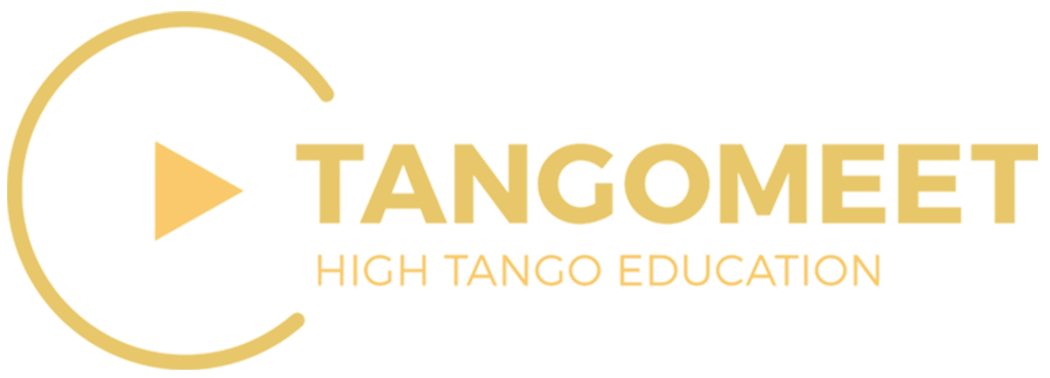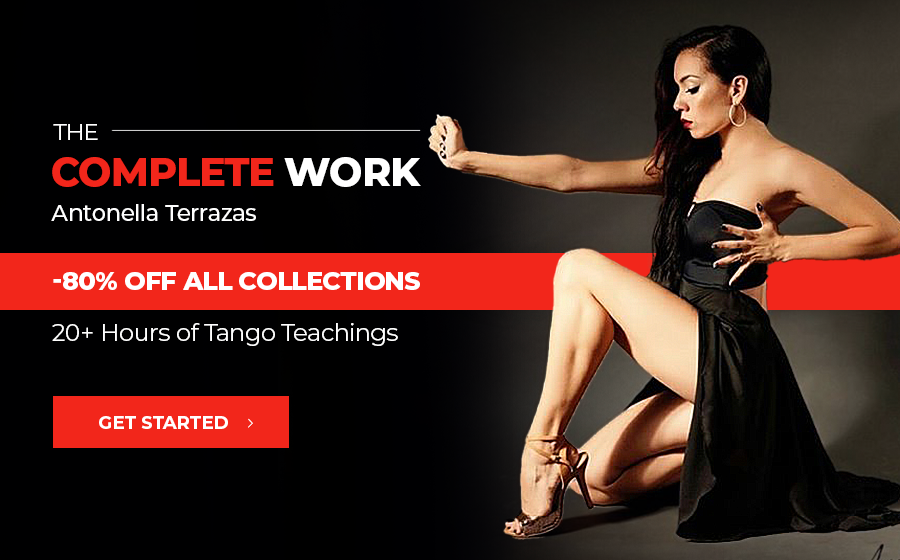Partnering Technique: Creating Dynamics

- 191.00 min
Movement of the Axis in Dynamics. Loading
Understanding the range of our own axis and the axis of our partner is a prerequisite for being able to use the movement of the axis as a tool. In this video, Sara&Ivan show you how to use the edges of your axis in all the main directions, as well as the position of the body and the partner work required to make the edge of axis position functional and comfortable. Sara and Ivan call these magical axis positions ‘loading’. Working with loading feels like being on a fun carnival ride – give it a try!
Applying Loading to circle the square
We use loading to create better flow, round out the edges of the movement and also smooth out the transitions between different parts of the step. Understand how loading works by practicing this example step. Enjoy the ride!
Applying Loading to create Energy. Edge-of-Axis Movement
In addition to flow and smooth transitions, Loading can be used to create a momentum-type energy that dissipates over time. Loading is a perfect technique for use in social settings when a gentle acceleration is desirable, for elegant styling, melody-dominant music and particularly for Valse.
Play with Loading and discover a whole new side of your axis!
Off-Axis Positions. Colgadas
Going beyond the edge of the axis, we find ourselves in new territory – off-axis movement. Off-axis movement is defined as a position we are able to sustain only by counterbalancing each other’s weight. Colgadas are off-axis positions where we are counterbalancing away from a common center. In this video, Sara and Ivan show you the proper technique for entering Colgadas in the forward, side and back positions.
Off-Axis Positions. Volcadas
A Volcada is an off-axis position where we counterbalance towards a common center. In this video Sara and Ivan show you the proper technique for entering comfortable and safe Volcadas.
Power up for accelerations
In order to accelerate, we need to build more energy in our bodies which we then have to translate into movement. Discover your ability to accelerate by going through these simple and effective exercises with Sara&Ivan!
Individual Accelerations as Embellishments
The first and simplest examples of accelerations happen when we create embellishments as leaders and followers. In this video, Sara and Ivan give you different examples of individual accelerations which happen inside of the fabric of the dance. These accelerations do not affect your partner, and are great to practice building power in the body.
How we accelerate together: linear movement
Once we manage our own bodies by learning how to create individual accelerations, the next step is to figure out how we can create accelerations and slow-motion movements as a couple, without using force. Here, the focus is on a simpler, linear movement as a preparation for the rotated, more complex one.
Accelerating the Turn
Accelerating the turn, or parts of it, is one of the most challenging skills for tango dancers. Turns are inherently complex, and having to communicate and execute timing changes only increases the difficulty level. In this video, Sara & Ivan show you how to break down a Giro and then change the timing of it in interesting and unusual ways.
Your turns will never be the same again!
Precision Leading. Boleos
ccelerations and changes of direction are the building blocks of improvised lead and follow Boleos. In this video, Sara & Ivan break down the principles behind Boleos, and give you examples and exercises to understand them in a simple and easy way.
Shaping Boleos differently
Boleos are like snowflakes - no two are ever alike, simply because if they are really led and followed, the exact mixture of acceleration and change of direction is difficult to reproduce. In this lesson, Sara & Ivan show you a variety of Boleos as examples of different possibilities.
Now it's your turn to shape your own dance!
Precision Leading. Ganchos
Ganchos are, in essence, interrupted Boleos. But don’t forget about the directions! Making crisp, comfortable Ganchos is our goal in this video!
Precision Leading. Shaping the free leg
The ultimate in lead and follow – shaping the path of the follower’s free leg! With this skill, everything will become easy, even the most complex steps. Shaping the path opens up limitless possibilities for the couple, and is the final step in the progression of leading and following skills.
ADD TO SHOPPING CART
Partnering Technique: Creating Dynamics
(Instant, lifetime streaming access)SEE HOW SATISFIED OUR CLIENTS CAN BE!
Over 3.000 satisfied customers

After so many years dancing Tango and wasting money taking group classes everywhere and every time I had the chance, I discovered Tangomeet and took all the clases with Mr Sebastian Arce and the beautiful Mariana and no regrets. It has been the best thing I had ever done for my studies of tango. It is such a well thought program that will do for you miracles in the way you dance Tango
Ariel David

"Needless to say we are extremely satisfied with the results."
- Carlynn I.

Best Tango learning/teaching material so far. Great after sales service and always get back to your questions very quickly. Love it !
Shirley Yao


